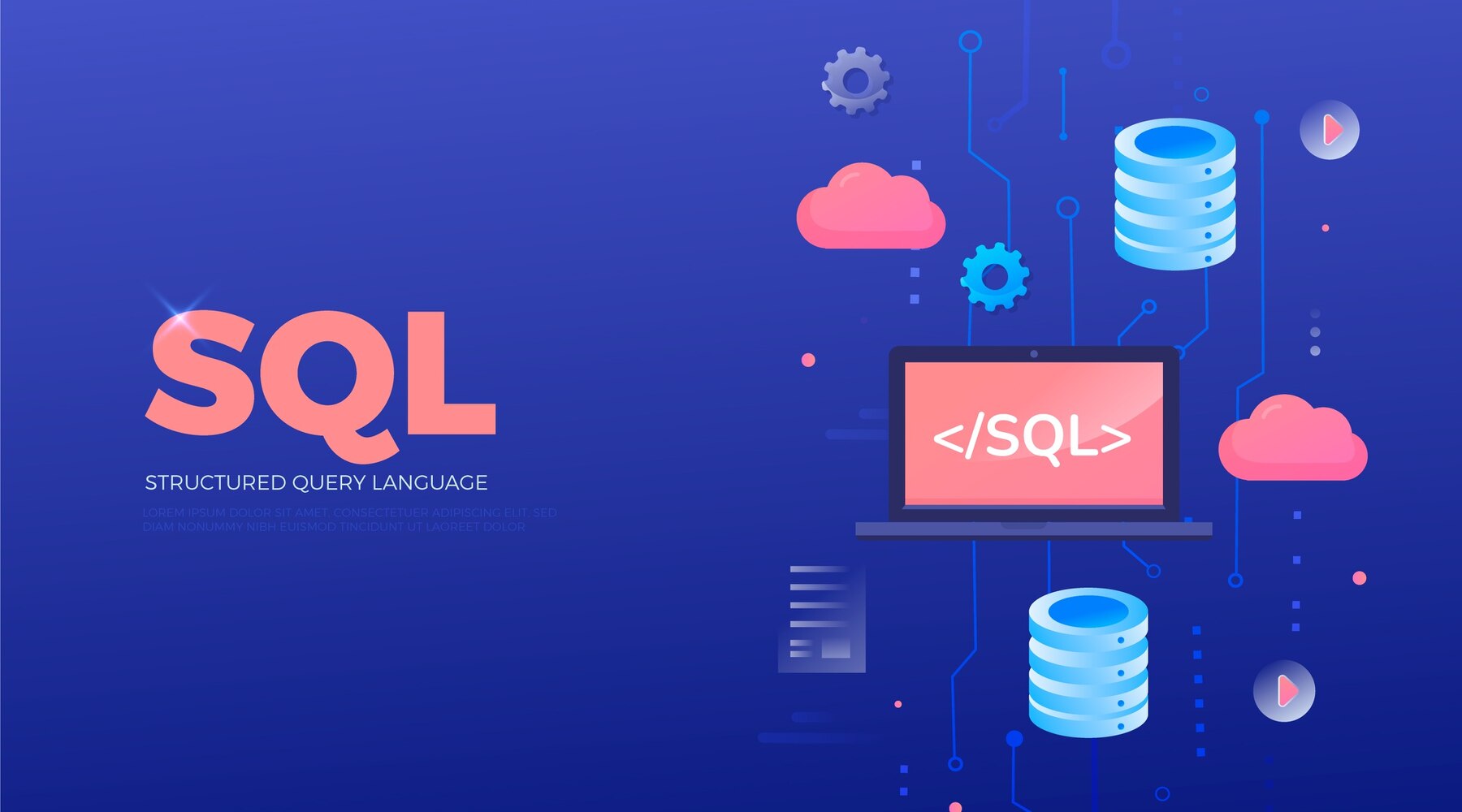Learn SQL Programming
This course is designed to provide a comprehensive introduction to the Structured Query Language (SQL).
Students will learn how to interact with relational databases, retrieve and manipulate data, and understand the fundamentals of database design and management.

Learn SQL Programming Course Syllabus
Course Description
This course is designed to provide a comprehensive introduction to the Structured Query Language (SQL). Students will learn how to interact with relational databases, retrieve and manipulate data, and understand the fundamentals of database design and management.
Course Objectives
By the end of this course, students will be able to:
- Understand the basic concepts of relational databases
- Write SQL queries to create, read, update, and delete data
- Apply various SQL clauses and operators to filter, sort, and aggregate data
- Utilize advanced SQL techniques like joins, subqueries, and window functions
- Design and normalize database schemas
- Implement basic database security and access control
- Understand SQL programming constructs and stored procedures
- Explore database administration and optimization techniques

Course Outline
Week 1: Introduction to Databases and SQL
- What is a database?
- Relational database concepts
- Introducing SQL and its history
- Setting up a database environment
Week 2: SQL Fundamentals
- SQL syntax and data types
- Creating, modifying, and deleting tables
- Inserting, updating, and deleting data
- Querying data using the SELECT statement
Week 3: SQL Clauses and Operators
- WHERE clause and logical operators
- ORDER BY and sorting data
- Aggregate functions (SUM, AVG, COUNT, etc.)
- GROUP BY and HAVING clauses
Week 4: Advanced SQL Queries
- Subqueries and correlated subqueries
- Set operations (UNION, INTERSECT, EXCEPT)
- Joins (INNER, OUTER, CROSS, SELF)
- Null handling and COALESCE
Week 5: Database Design and Normalization
- Database design principles
- Entity-Relationship (ER) modeling
- Normalization (1NF, 2NF, 3NF)
- Database schema implementation
Week 6: SQL Programming Constructs
- Control flow statements (IF, CASE)
- Stored procedures and functions
- Triggers and event handling
- Transactions and ACID properties
Week 7: Database Security and Administration
- User management and access control
- Backup and recovery strategies
- Database optimization and indexing
- Monitoring and performance tuning
Week 8: Final Project
- Students will design and implement a database application, applying the SQL concepts learned throughout the course
Assessment
- Weekly assignments (40%)
- Midterm exam (20%)
- Final project (30%)
- Class participation and presentations (10%)
